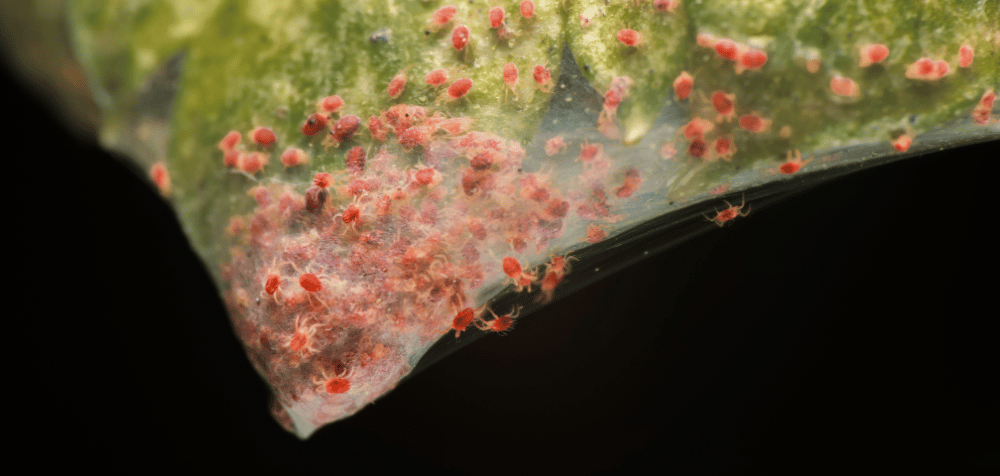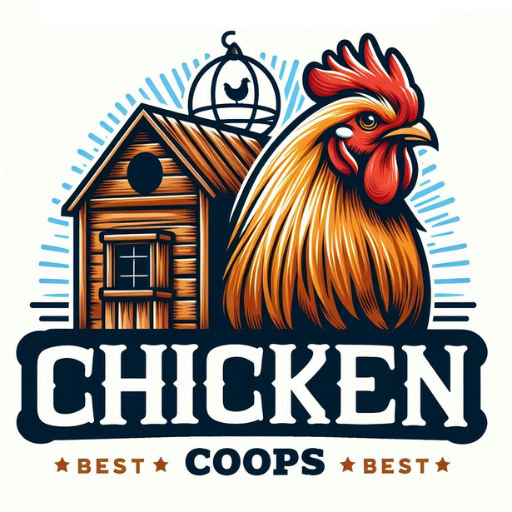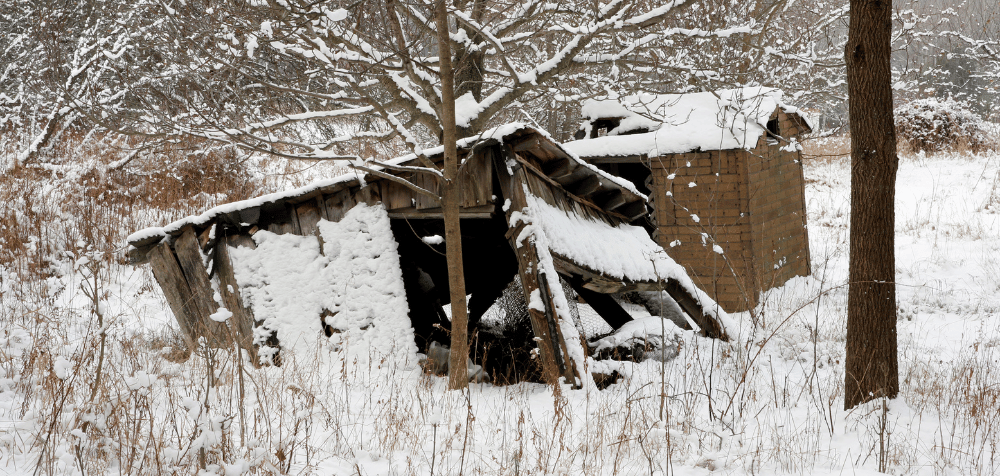A well-maintained chicken coop is essential for keeping your chickens healthy, happy, and productive. But over time, even the best-built coops will start to show signs of wear and tear. Ignoring small issues can lead to bigger problems that affect your flock’s health and well-being. So, how do you know when your chicken coop needs maintenance?
In this blog, we’ll go over some key signs that indicate your chicken coop needs maintenance and what you can do to keep it in top shape. From structural repairs to predator-proofing, regular upkeep ensures your chickens remain safe and comfortable.
Knowing When Your Chicken Coop Needs Maintenance
One of the most obvious signs your chicken coop needs maintenance is visible damage to the structure. This could include anything from cracked wood, loose nails, or rotting boards.
Coops that are exposed to the elements, especially rain and snow, are more likely to develop structural issues over time.
Damaged or weakened parts of the coop can compromise its integrity, leaving your chickens vulnerable.
What to Look For:
- Cracked or broken wood panels.
- Loose or rusty nails that need tightening or replacing.
- Sagging roofs or walls.
- Water damage or rotting wood, particularly in damp areas.
If you notice any of these issues, it’s time to grab your toolbox and perform some basic repairs. Regular inspections can prevent small problems from becoming major headaches.
2. Leaky Roofs and Damp Bedding

Water and moisture are the enemies of a chicken coop. A leaky roof can result in damp bedding, mold, and an overall unsanitary environment for your flock.
Chickens are prone to respiratory problems, so keeping their living space dry is crucial.
If your chicken coop has a leaky roof, it’s time to replace any damaged roofing material and ensure proper drainage.
How to Spot Roof Problems:
- Water stains on the inside of the coop.
- Damp or moldy bedding.
- Puddles forming inside the coop after rain.
- Peeling or warped roofing material.
If left unchecked, a leaky roof can cause significant damage to the coop’s structure. So, if you notice any signs of water damage, fix the roof as soon as possible to prevent moisture from ruining your coop.
3. Poor Ventilation and Odor Buildup
Good airflow is essential in a chicken coop to prevent the buildup of ammonia and moisture. When the air inside the coop becomes stagnant, it can lead to poor air quality, which affects your chickens’ respiratory health.
Signs Your Chicken Coop Needs Ventilation Maintenance:
- A strong odor of ammonia (from chicken droppings).
- Increased humidity or condensation inside the coop.
- Chickens coughing or sneezing more frequently.
- Mold growth on the walls or ceiling.
To address ventilation issues, check that all windows, vents, and doors are functioning correctly and aren’t blocked by dust or debris. You may need to clean or replace vents, or even install additional ones to improve airflow.
4. Predator Damage or Breach Points

Predators are always a concern when it comes to keeping chickens safe. If you notice any holes, gaps, or weak spots in your coop, these are signs your chicken coop needs maintenance.
Even small breaches can allow predators like raccoons, snakes, or weasels to enter the coop, putting your flock at risk.
Check for These Predator Risks:
- Holes or gaps in the wire mesh or fencing.
- Loose or broken latches on doors and windows.
- Digging or burrowing signs near the base of the coop.
- Claw marks or scratch marks on walls or doors.
Make sure all entrances to the coop are secure and that there are no weak points in the structure that predators can exploit.
Reinforce any areas where you see signs of damage, and consider installing stronger latches or locks to keep your chickens safe.
5. Broken Perches or Nesting Boxes
Perches and nesting boxes are essential parts of a chicken coop, giving your chickens a place to sleep and lay eggs. Over time, these areas can become worn or damaged, and if they’re not fixed, they can affect the comfort of your chickens.
When Your Perches or Nesting Boxes Need Attention:
- Perches are splintered, sagging, or broken.
- Nesting boxes are dirty, cracked, or missing parts.
- Chickens seem reluctant to use the perches or nesting boxes.
- Worn-out bedding or old materials inside the boxes.
To ensure your chickens remain comfortable and stress-free, regularly inspect perches and nesting boxes for any damage or wear. Replace old bedding, clean the boxes, and repair any broken parts as soon as you notice them.
6. Dirty or Clogged Feeders and Waterers
Another sign that your chicken coop needs maintenance is when feeders and waterers become dirty or clogged.
Chickens need clean food and water to stay healthy, and if these areas are neglected, it can lead to sickness and disease.
What to Look For:
- Waterers that are clogged or not dispensing water properly.
- Feeders that are caked with old feed or moldy residue.
- Algae growth in waterers, especially in warmer months.
- Rodent or insect activity around the feeders and waterers.
Make it a habit to clean the feeders and waterers regularly to prevent bacteria buildup. If your waterers or feeders are old and difficult to clean, it might be time to invest in new, more efficient ones.
7. Nesting Box Infestations or Parasites

Pests like mites, lice, and rodents can find their way into the coop and cause havoc. If your chickens seem agitated, are losing feathers, or you see pests crawling around, it’s a clear sign your chicken coop needs maintenance.
Signs of Infestations:
- Chickens constantly scratching or pecking at themselves.
- Loss of feathers or irritated skin.
- Rodent droppings or signs of nests in or around the coop.
- Visible pests like mites or lice on the chickens or in the bedding.
If you spot these issues, deep clean the coop, replace all bedding and treat your chickens with the appropriate pest control methods. Also, seal any entry points where pests could be sneaking into the coop.
8. Door and Latch Issues
Over time, doors and latches can wear down due to constant use. Broken or malfunctioning doors can make it easy for predators to enter, or they can leave your chickens exposed to the elements.
Maintenance Tips for Doors and Latches:
- Check for squeaky or difficult-to-close doors.
- Inspect latches for rust or damage.
- Ensure doors close tightly to prevent drafts or predator access.
- Replace worn-out hinges or latches with more durable options.
Regularly inspecting doors and latches is an easy way to keep your coop secure and prevent bigger problems from arising.
Final Thoughts
Maintaining a chicken coop is an ongoing task, but it’s necessary to ensure the safety and health of your chickens. By regularly inspecting your coop and addressing issues as soon as they arise, you can extend the life of the structure and keep your flock happy and productive.
From structural damage to predator prevention, these are all key signs that your chicken coop needs maintenance.
Make a habit of routine checks, and don’t hesitate to make repairs when needed. After all, a well-maintained coop leads to healthier chickens and more eggs in the long run.

